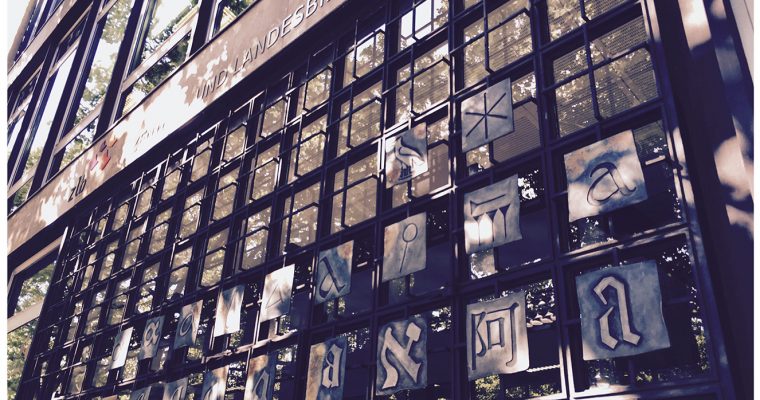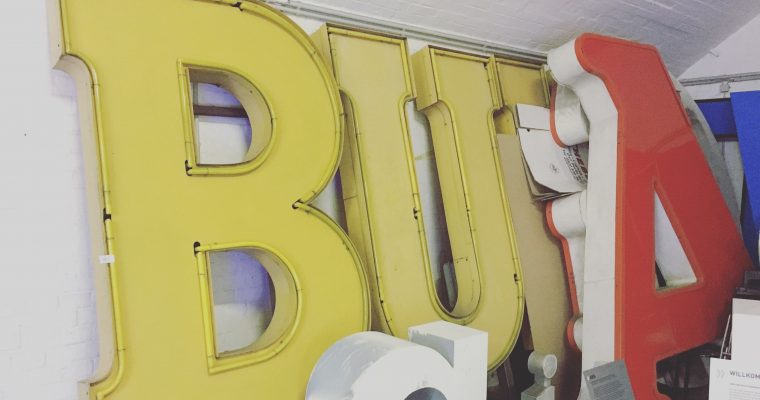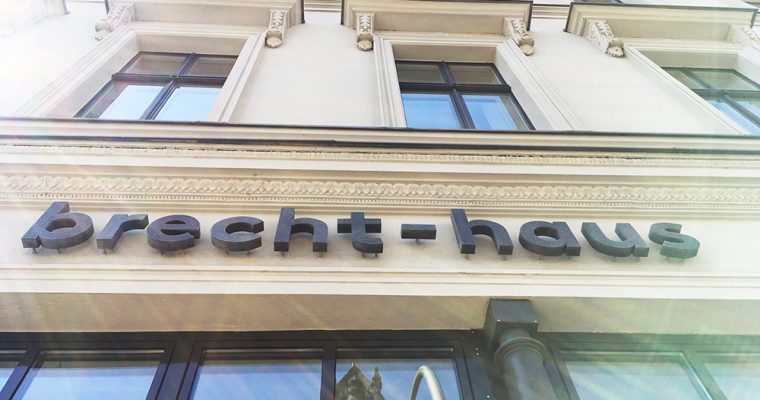Setting out to visit the Jüdischer Friedhof and Lapidarium at Schönhauser Allee, I am curious to see what lies behind
the red brick walls of the Jewish cemetery that I have so often walked by in the past.
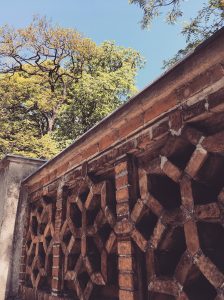
The cemetery itself is silent and peaceful, quiet with nature having taken over, trees pushing up paths from underneath,
an overgrowing and green landscape.
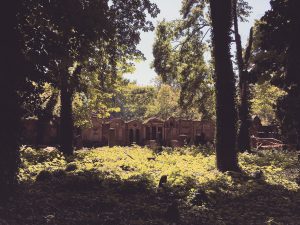
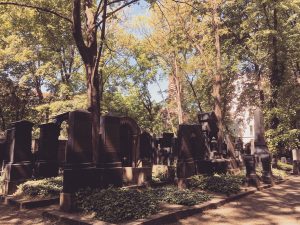
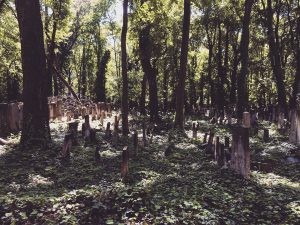
Over the years, the elements have worn down the gravestones and old crypts,
at the same time creating a field of fallen trees and headstones.
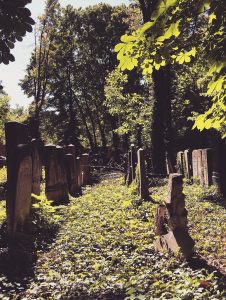
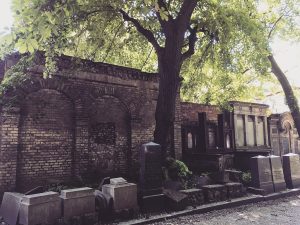
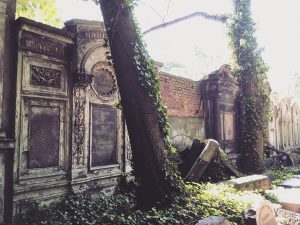
Modern apartment buildings now tower over the once tall standing crypts, around all sides of the cemetery,
with balconies looking straight onto the graves.
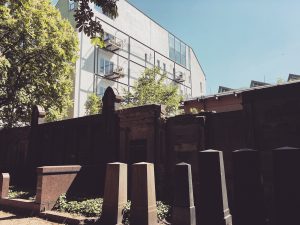
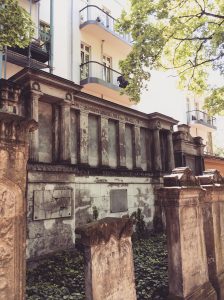
The cemetery has become nestled in between built up houses from the late 19th and early 20th centuries.
The cemetery was built from 1824 to 1827, and in use until 1880, and periodically afterwards.
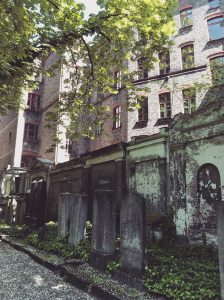
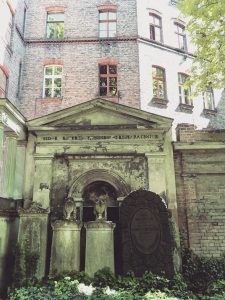
Displaced gravestones have lost their place, the space they were meant to occupy, close to the person they were meant to represent. Now these lost headstones have been placed in front of other graves and crypts, or even on top of tree trunks.
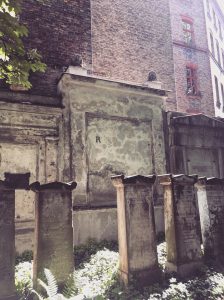
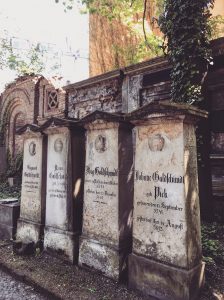
When researching the cemetery’s history I discover old black and white photographs of burials attended by the Jewish community paying their last respects, walking the last mile down the ‘Jewish walk’ to its final resting place.
The sense of community and grieve comes across in these images, one can almost feel the sombre mood a century or so ago.
A community, here the Jewish community, where its members knew each other, where a special place on the cemetery was reserved for individuals who contributed to, built and helped said community.
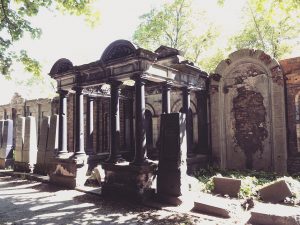
The narrative a gravestone tells from its inscription
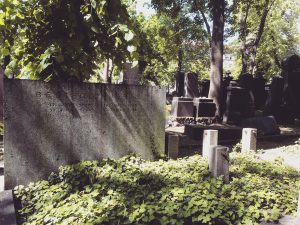
Interesting typography on the gravestones and crypts, symbols and letters, etched into stone.
A different count of the years. 5541. 5613.
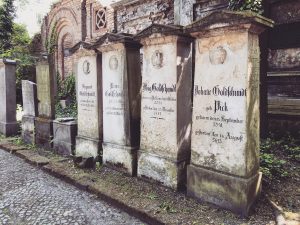
Die laute Stadt und der ruhige Friedhof (Hof des Friedens)
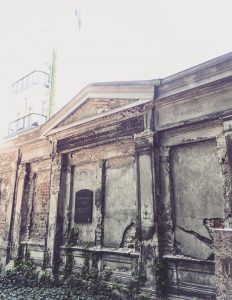
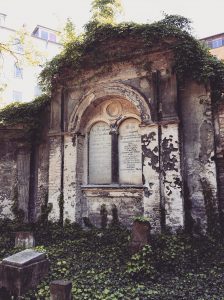
In death we are all reduced to our name and the year of our birth and death
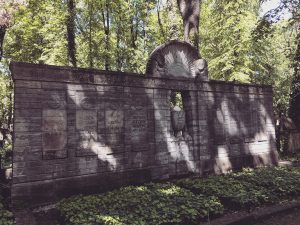
The visit leaves me feeling sad, a forgotten city, a forgotten place, within all the hectic and modern life outside of its walls.
All of a sudden I feel lost in the big city. Leaving the quiet bubble within the busy bubble of Berlin today.
Die Toten sind dort, die Lebenden hier. (The dead are there, the living here.)
https://www.wo-sie-ruhen.de/friedhoefe?stadt=1&friedhof=14
